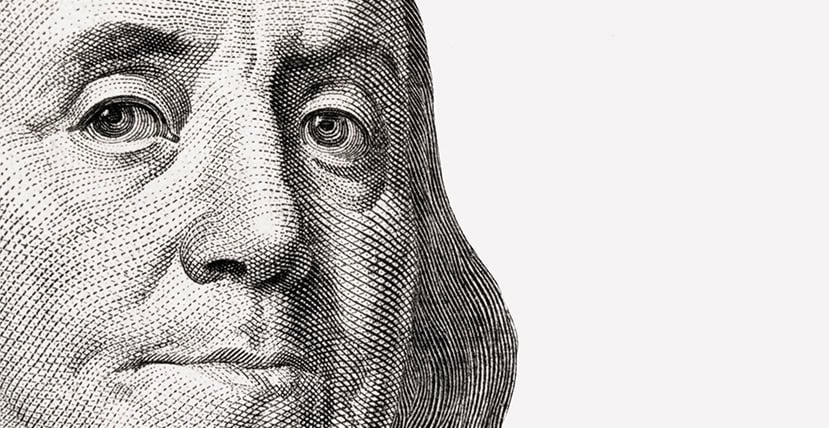Every month, Erise’s patent attorneys review the latest inter partes review cases and news to bring you the stories that you should know about:
SCOTUS Won’t Hear Challenge to PTAB’s Fintiv Rule
The U.S. Supreme Court’s decision to deny certiorari in Intel v. Vidal, covered by Bloomberg Law and IP Watchdog, means the U.S. Patent and Trademark Office’s Patent Trial and Appeal Board can continue to use its discretion in declining institution of inter partes review (IPR) if there is parallel patent litigation in district court.
The Fintiv rule, according to the Bloomberg article, was tweaked by current USPTO Director Kathi Vidal and directed PTAB panels to deny instituting IPR “when parallel patent infringement suits were far enough along,” and when an IPR “was filed within a year of the petitioner being sued for patent infringement.” This, argued Intel and Edwards Life Sciences in their Supreme Court petition, “curtailed access to IPR by setting restrictive, non-statutory standards the Board must apply in deciding whether to institute an IPR.”
In its response, the USPTO said Congress left the decision to institute IPRs with the USPTO Director’s “unreviewable discretion.” Also, the USPTO’s brief said that while the America Invents Act (AIA) identifies “certain circumstances in which inter partes review may not lawfully be instituted,” it does not specify any circumstances “in which institution is required. Thus, even when a petition meets the statutory conditions for inter partes review, there is ‘no mandate’ for the USPTO ‘to institute review.’”
Intel had challenged patents owned by VLSI Technology LLC, according to Bloomberg, but the PTAB declined to institute IPRs, deferring to the district court where VLSI had sued Intel and won separate jury verdicts of $949 million and $2.2 billion, though the latter was overturned on appeal.
Another SCOTUS Issue in Parallel IPR and District Court Litigation?
So the PTAB has the discretion to deny institution of IPR when there’s parallel district court litigation. But what happens when the PTAB issues a final written opinion after a district court verdict has been appealed to the Federal Circuit?
Dennis Crouch at PatentlyO covered such a case: Liquidia Techs v. United Therapeutics Corp, where Liquidia recently petitioned for certiorari after UTC won a patent infringement case that was upheld by the Federal Circuit even after the PTAB ruled in favor of Liquidia’s IPR while the appeal was pending and found UTC’s claims to be unpatentable.
Crouch writes that the Federal Circuit “concluded that IPR decisions do not have issue-preclusive (collateral estoppel) effect until the decision is affirmed on appeal, or the parties waive their right to appeal” and that Liquidia argued to SCOTUS that the PTAB’s final-written decision should be given preclusive effect similar to a district court opinion. In other words, Crouch is noting that it is a race to final judgment between the litigation verdict and the PTAB final decision. Whichever ruling reaches final judgment first (the exhaustion of all appeals) will be the ruling that stands and controls.
Meanwhile, Crouch notes that UTC petitioned for an en banc hearing after the Federal Circuit affirmed the IPR in favor of Liquidia, so UTC’s patent claims are still not officially canceled as the IPR is still under appeal.
Federal Circuit’s First Precedential Decision of 2024
IP Watchdog covered the Federal Circuit’s first precedential ruling of the year, which upheld a district court’s denial of a preliminary injunction sought by DexCom against glucose monitoring rival Abbott Diabetes Care. At issue: Whether Abbott breached a forum selection clause in a settlement and licensing agreement by petitioning for IPRs after DexCom filed an infringement suit.
Other recent IPR headlines:
- Pfizer Alleges Inconsistencies in Moderna’s Statements to FDA and PTAB (IP Watchdog)
- Biocon Joins Pending Validity Review of Regeneron Eylea Patent (Bloomberg Law)
- Lessons In Navigating Collateral Estoppel Of Similar Patents (Law360)
- Del. Ruling Features Valuable Analysis For IPR Estoppel Args (Law360)


